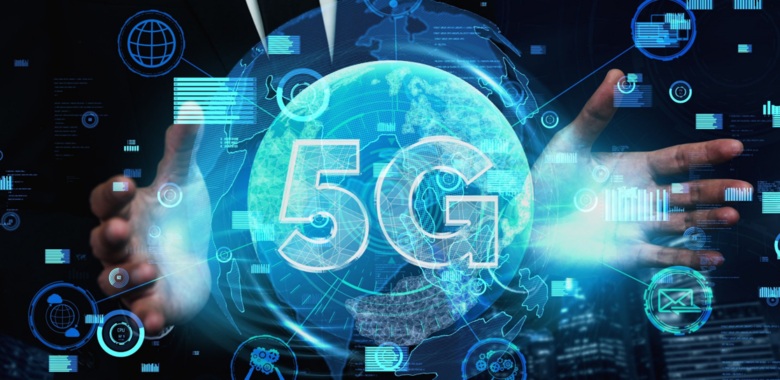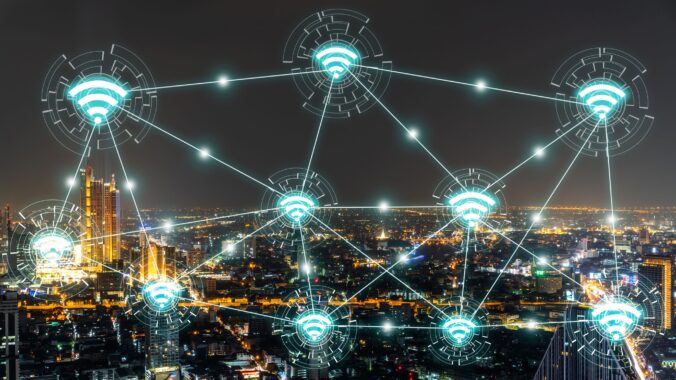Over the coming months on this blog, we will be exploring the impact 5G is having on certain industries – and the impact it can have in the future. In our previous blog we looked specifically at manufacturing, and this time we are focusing on healthcare.
The importance of technology in healthcare
Whether it’s driving productivity, spearheading innovation, or driving down costs – there are a endless benefits to tech innovation in the healthcare industry – not least the positive impact it can ultimately have on positive patient outcomes.
However, while one could argue that this vertical could be seen as the most needing of innovation, it’s also the one that faces the most hurdles – be that legacy technology, lack of buy-in from stakeholders and privacy fears from patients.
One example of this, is that of telehealth. For years, efforts have been made to encourage video consultations and remote patient monitoring – an obvious solution to the ongoing issue of GP shortages and long waiting times – yet it’s fair to say adoption and acceptance was slow.
However, like remote working, the pandemic forced a change and telehealth became a ‘must’. Healthcare professional and patients got to try these technologies first hand. Indeed, a report by S&P Global found that telehealth patient volumes increased by almost 4,000% in the year to June 2020.
5G – The key to unlocking healthcare tech’s potential
While the pandemic undoubtably has accelerated the use of technology in the healthcare, 5G has the potential to take this even further. Healthcare technology needs to be fast, reliable, and secure to win the trust of healthcare practitioners and patients alike – and 5G brings that capability.
Below, we have highlighted some of benefits that 5G in healthcare already brings, and ways it can revolutionise healthcare in the future.
Telemedicine
Remote consultations by voice are nothing new. But with 5G, doctors can make high resolution video calls, allowing for large data sharing. 5G also supports built-in-security and privacy protection, which minimizes the risk of data theft and leaks.
Wearables and patient monitoring
Millions of people already use wearables for the purpose of quantification and preventative care. But mostly these sensors are not accurate or secure enough for diagnosis. 5G could change this, giving patients access to medical-grade equipment and clinicians access to reliable, remote information.
Media file transfers
Complex medical procedures generate very large image and data files, which must be sent to a specialist for review. When a network is low bandwidth, the transmission takes hours or fails completely. 5G’s potential 10 gigabits per second transmission rates eliminate this issue.
Connected ambulances
Timely intervention can save lives in emergency situations. A connected ambulance improves patient outcomes by sending vital health data to the hospital before it arrives. This is possible thanks to a flavor of 5G called Ultra-Reliable Low-Latency Communications (URLLC), which offers 1 millisecond latency.
5G connected drones
Healthcare providers often struggle to deliver medical supplies in remote areas, where roads can be unreliable or unsafe. 5G-powered drones solve this problem and can speed up deliveries.
Remote surgery collaborations for training
5G enables AR/VR headsets could let specialists guide remote procedures. This will dramatically increase their productivity and speed up the training of younger colleagues.
5G Private Networks
Networks can be sliced to give enterprises their own private always-on networks. This is proving interesting in emergency devices. In California the defence innovation unit has started a prototype private network to support push-to-talk voice, geolocation and live maps.
Decentralized clinical trials
Clinical trials are essential to healthcare innovation. But studies show 18 per cent of participants leave trials before completion. Making trials more patient-friendly is a priority for pharma companies. Virtual tracking through 5G could be a remedy.



